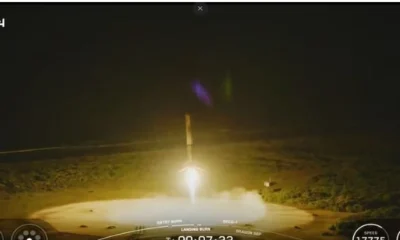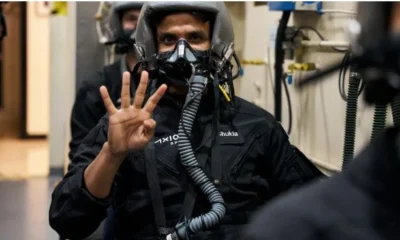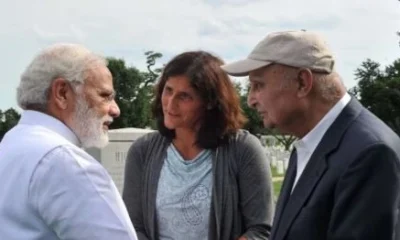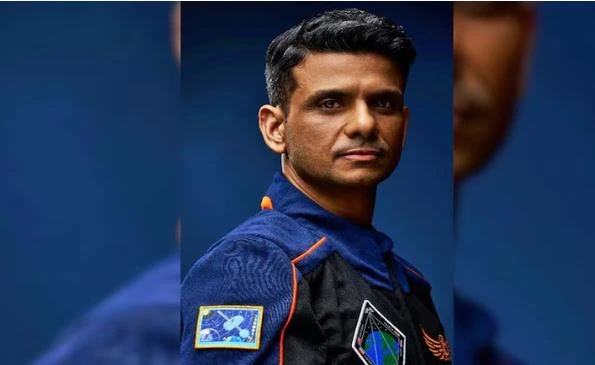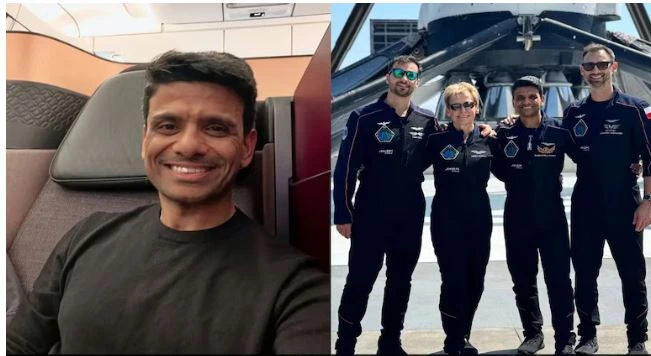Latest Science News
NASA analyzing images of Chandrayaan-2’s landing site: Report
NASA’s Lunar Reconnaissance Orbiter (LRO) spacecraft on September 17 snapped a series of images of Vikram’s attempted landing site near the Moon’s uncharted South Pole during its flyby, according to a media report that quoted a project scientist of the US space agency.

Latest Science News
Astronaut Shubhanshu Shukla to meet PM Modi after return from historic space mission
Astronaut Shubhanshu Shukla, who recently returned from the ISS as part of the Axiom-4 mission, will meet PM Modi this evening. Parliament will also hold a special discussion on his historic journey.
India News
Shubhanshu Shukla pens emotional note as he returns to India after space mission
Indian astronaut Shubhanshu Shukla penned an emotional Instagram post as he returned to India after his 18-day ISS mission, marking a milestone in India’s space journey.
Latest Science News
Shubhanshu Shukla becomes second Indian in space, lifts off for ISS aboard Axiom-4 mission
Group Captain Shubhanshu Shukla becomes the second Indian astronaut to travel to space after four decades, aboard the Axiom-4 mission to the International Space Station.
-

 India News18 hours ago
India News18 hours agoDU VC Prof Yogesh Singh entrusted with additional charge of AICTE Chairman
-

 India News21 hours ago
India News21 hours agoDelhi High Court issues notice to Sonia Gandhi, Rahul Gandhi in National Herald case
-

 India News22 hours ago
India News22 hours agoYogi Adityanath’s do namoone remark sparks Akhilesh Yadav’s jab on BJP infighting
-

 India News19 hours ago
India News19 hours agoGoa nightclub fire case: Court extends police custody of Luthra brothers by five days
-

 Entertainment19 hours ago
Entertainment19 hours agoDhurandhar box office day 17: Ranveer Singh film crosses Rs 555 crore, enters all-time top 10
-
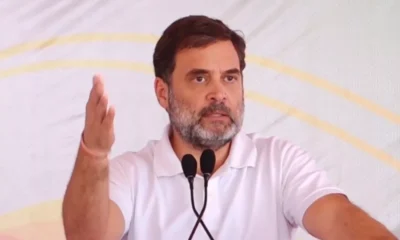
 India News1 hour ago
India News1 hour agoRahul Gandhi alleges institutional bias, questions electoral system during Berlin address
-

 India News27 mins ago
India News27 mins agoDelhi air quality plunges to severe as thick smog blankets the capital

